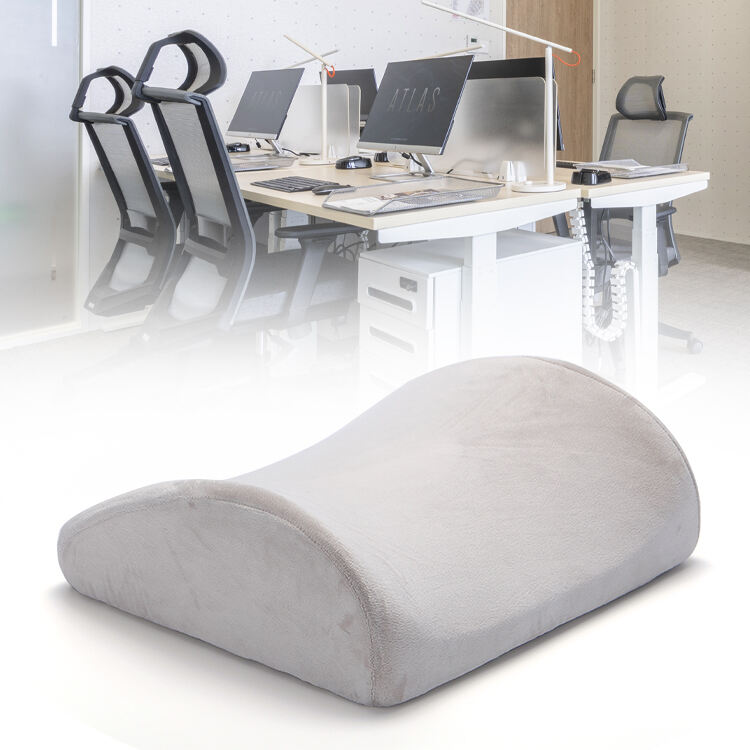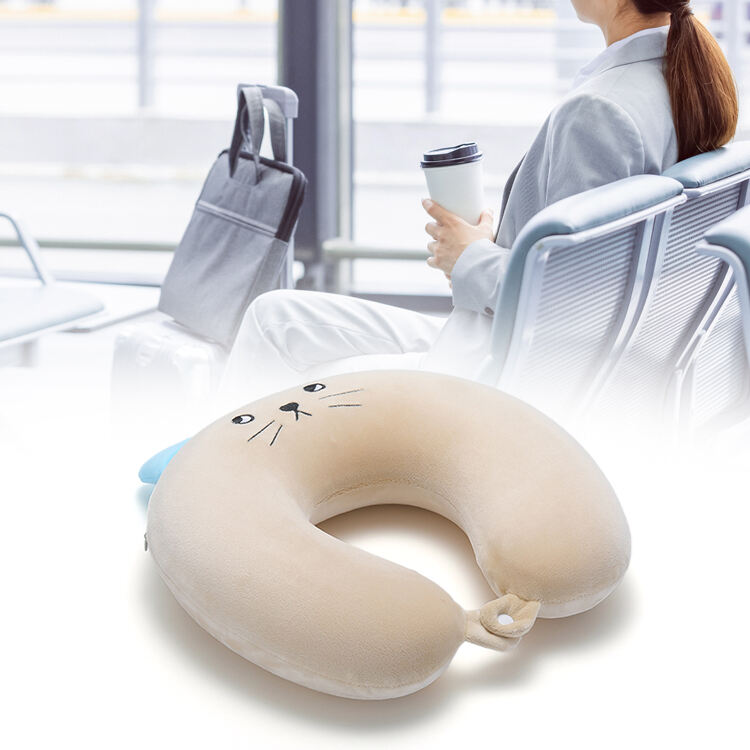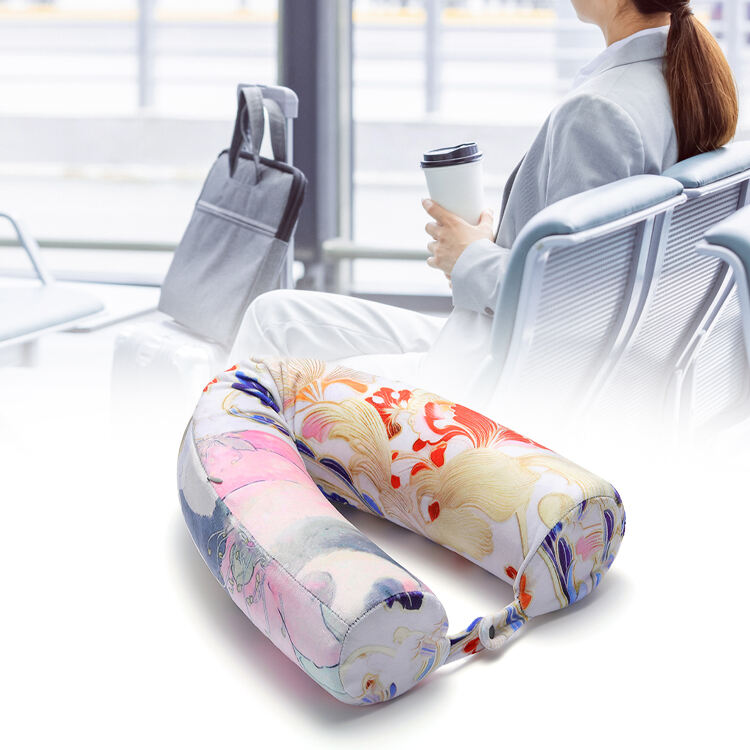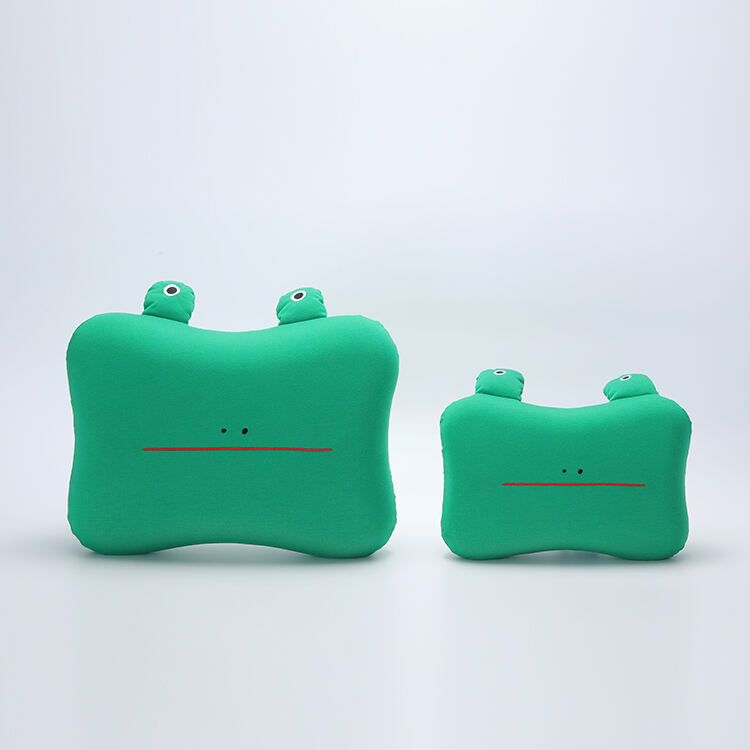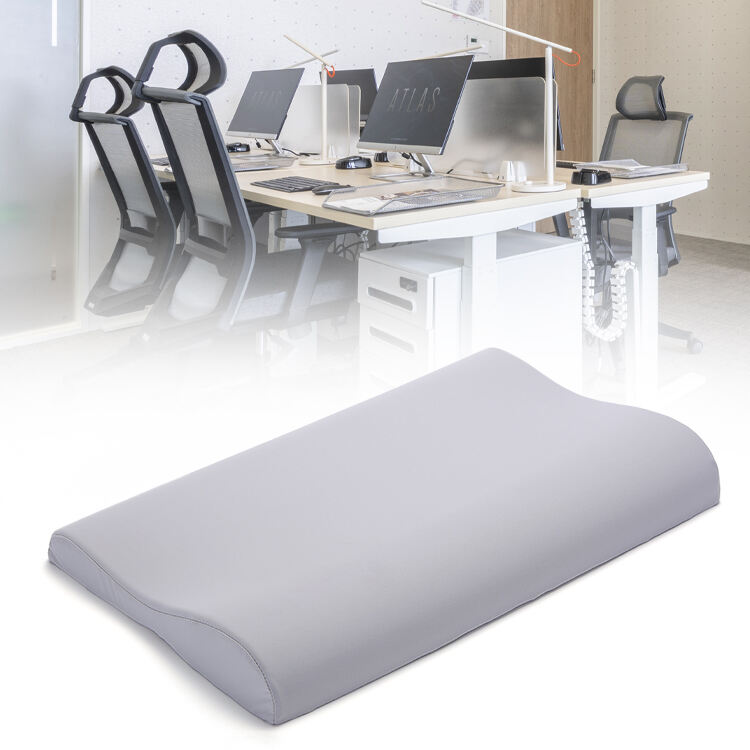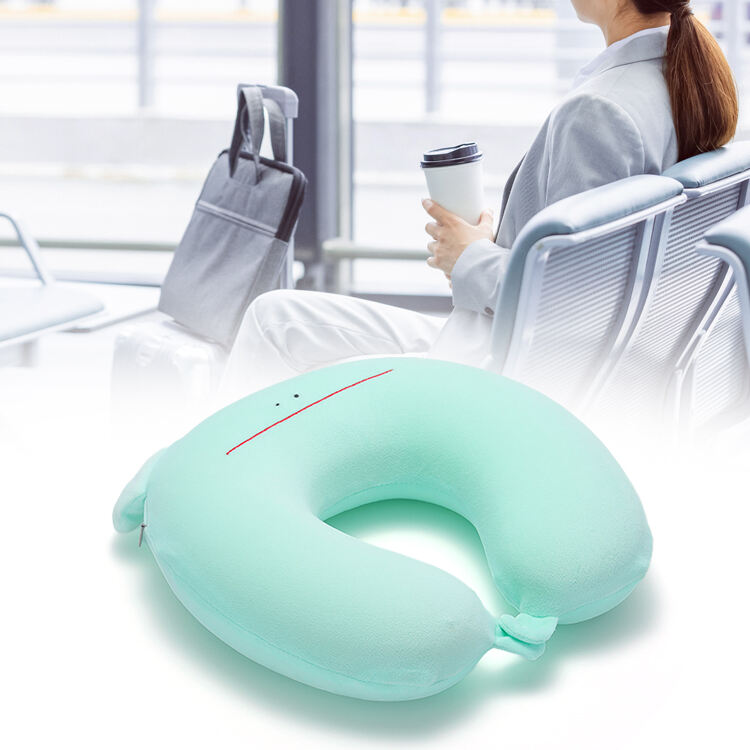Why Precision Heating Matters in Foam Manufacturing
High temperature molding works by applying heat around 300 to 400 degrees Fahrenheit to shape those raw foam materials into the soft, squishy stuff we know as memory foam. The careful control of these temperatures is what gets those special temperature sensitive chemicals activated properly. When everything works right, it creates this open cell structure that gives memory foam its ability to mold around our bodies so nicely. Traditional manufacturing approaches often miss this mark though. Older techniques can leave parts of the foam not fully cured, which means some areas get too hard too soon in regular pillows. That's why modern production focuses so much on getting those heat levels just right throughout the whole process.
Three Pillar Benefits for Sleep Surfaces
The way we design support structures has changed quite a bit lately. When we control how materials expand during the molding process, we end up with different density areas throughout the product. These areas react uniquely to body temperature, so people get better neck support where they need it most without those annoying pressure spots that wake them up at night.
Airflow is another big improvement too. We've been using heated molds with precise temperature control to create these tiny air pathways inside the material. Sleep labs have measured this stuff and found around 62% more airflow compared to older methods where things were just pressed together cold. Makes sense really, since better ventilation keeps things cooler overall.
What about how long these products last? Traditional foam tends to lose its shape after a while, right? But when we fully link up the polymer chains during heating, the material becomes much more resistant to getting flattened out. Most folks report their products keep looking and feeling good for anywhere between three to five extra years compared to regular foam options on the market today.
Critical Selection Factors for Informed Buyers
When evaluating high-temperature molded pillows, prioritize products featuring:
• Phase-change cooling layers that absorb excess body heat
• CertiPUR-US verified foam compositions
• Ergonomic shoulder relief contours
• Washable antimicrobial covers with moisture-wicking properties
Recent industry surveys show 78% of buyers consider thermal regulation capabilities the deciding factor in pillow purchases.
Preserving Your Investment
Rotate your pillow 180° weekly to equalize compression patterns. Use a protective cover washed fortnightly in hot water (130°F+) to eliminate dust mites. Avoid direct sunlight exposure beyond 2 hours which can degrade temperature-sensitive polymers. For stubborn odors, sprinkle baking soda and vacuum thoroughly instead of liquid cleaning.
Future Innovations in Sleep Technology
Emerging smart molding techniques now integrate real-time pressure mapping during production, creating zonal support patterns that adapt to individual sleep positions. Laboratory prototypes demonstrate 40% improved spinal alignment through AI-optimized foam structures, signaling the next evolution in therapeutic sleep surfaces.
